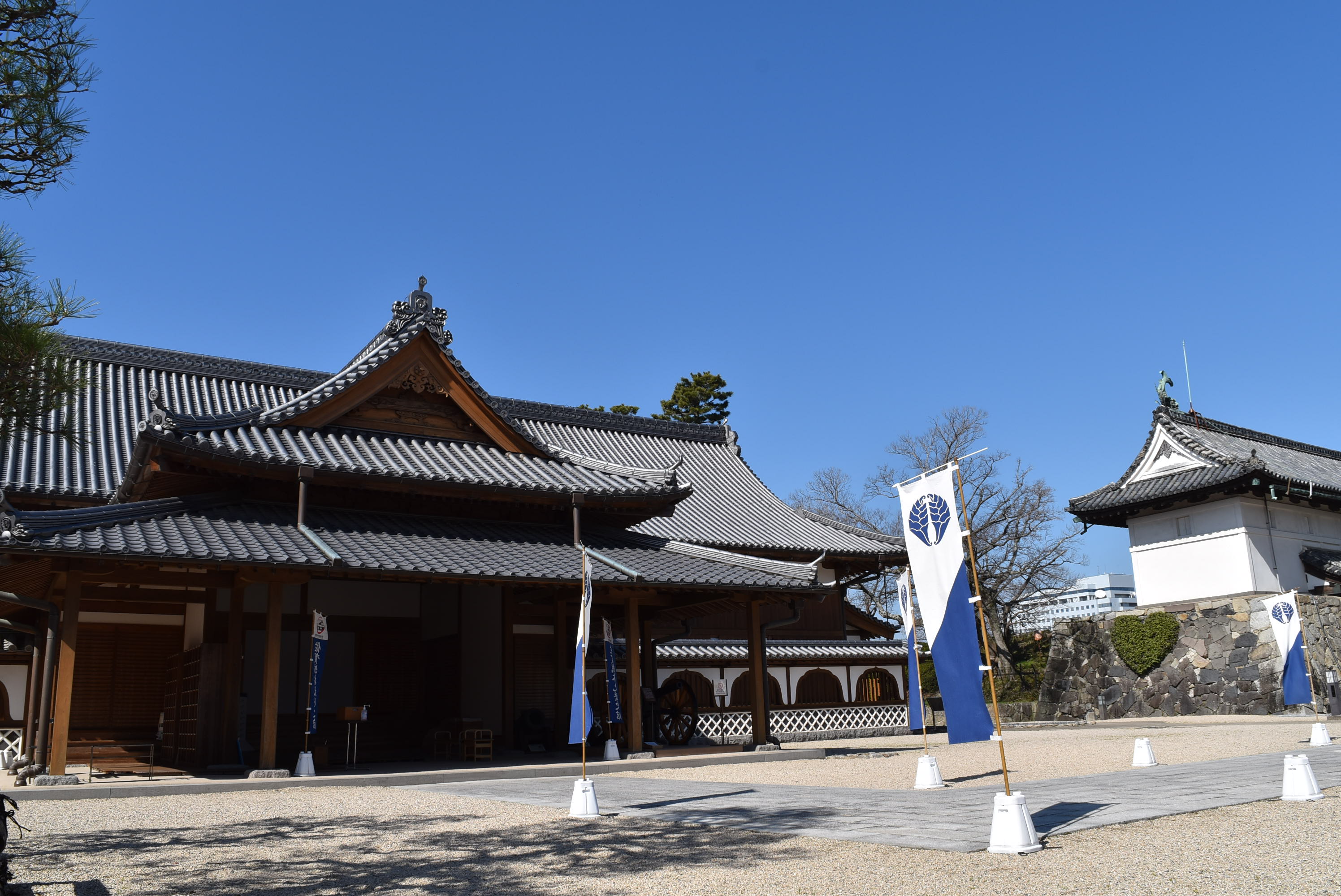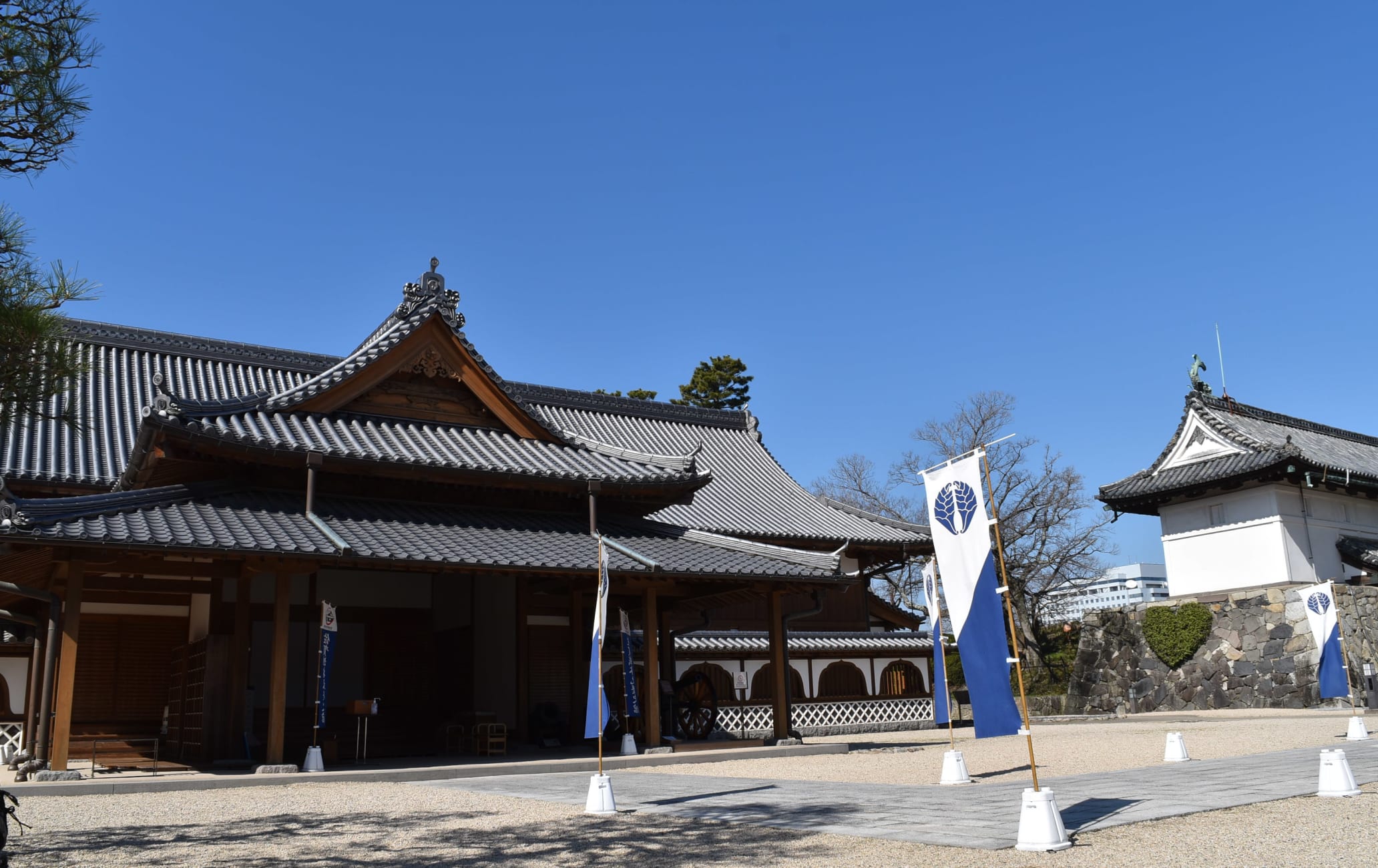Remnants of rebellion and innovation in a feudal stronghold-turned-museum
Saga City is a jokamachi, or castle town, as much of its history has revolved around Saga Castle and the individuals who ruled the region from within.
There are lovingly preserved remnants here of a very different Japan that existed as late as 1871, when the feudal domain system was finally abolished.
Quick Facts
The remaining main palace is only one-third of its original size
"Hagakure" is a world-famous book that originated here in 1716, compiled by the Saga samurai Tashiro Tsuramoto, based on the words of Saga samurai Yamamoto Jocho
How to Get There
From Saga Station, Saga Castle is just under a 30-minute walk or 10-minute cab ride.
The great castle
The castle was once much grander and more complex. Dioramas of the original based on early construction plans show something else entirely. It is a flatland castle surrounded by large stone walls and a moat, as opposed to those situated on mountains or hilltops for defense.
If still entirely intact, it is speculated that it would rival the great castles of Japan, such as Himeji and Nagoya castles.


Sotogoshoin
Reconstructed based on archaeological findings
Parts of the original gateway still stand, with visible holes in the door from the Saga Rebellion, an 1874 uprising of the last of Saga's samurai class.
The main palace keep, however, has been meticulously reconstructed based on archaeological findings.

Follow the guide
Inside the main keep is a history museum. There are English-language audio guides and brochures that explain the artifacts, charts, and models on display.
There was a lot more going on in Saga than just samurai and rebellion. The Saga family was in charge of guarding the port of Nagasaki , which allowed them to incorporate many foreign technologies. Saga was responsible for the development of both modern military technology and advanced medicine.


Goza-no-ma
The latest information may differ, so please check the official website.

























































